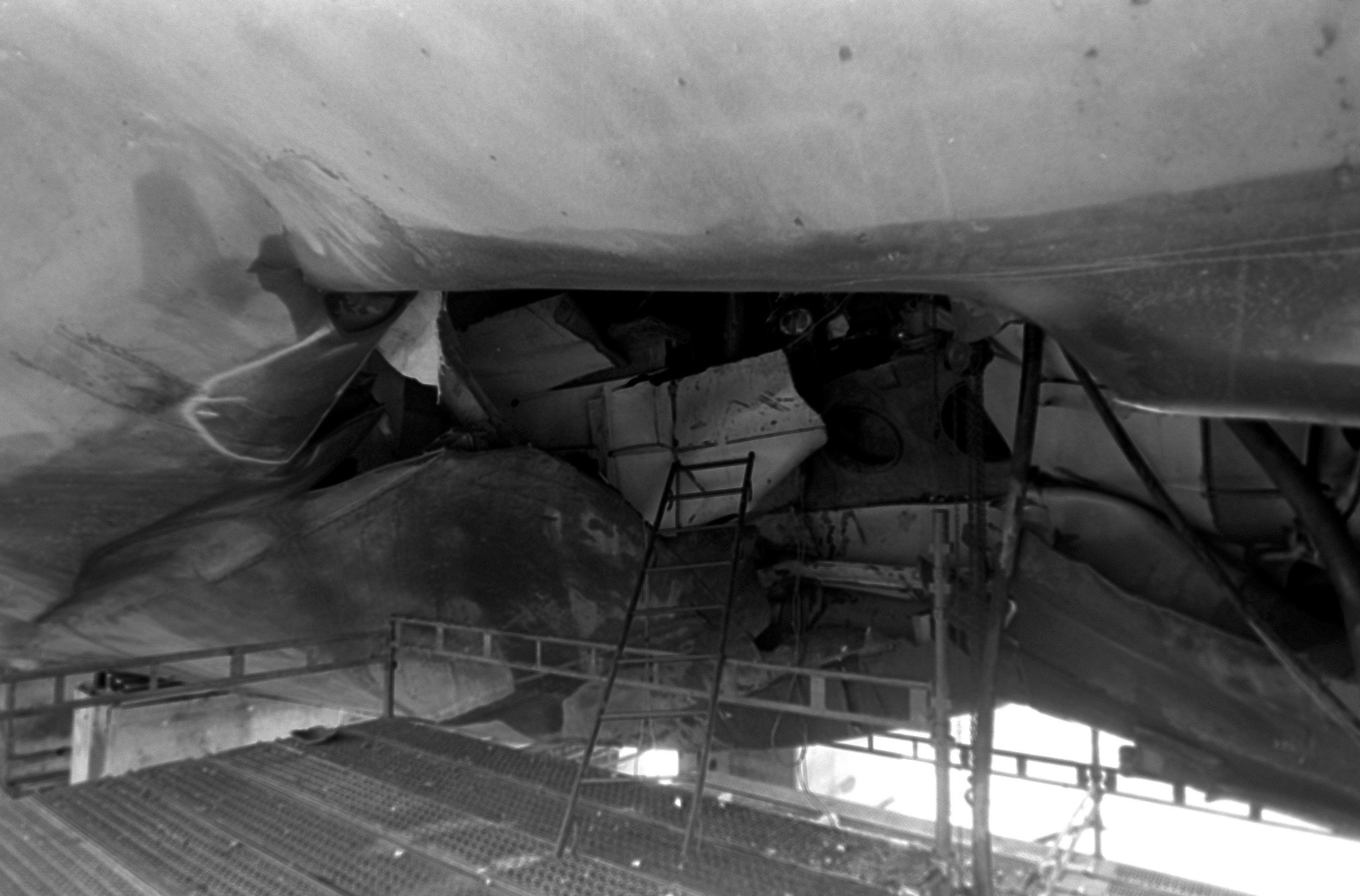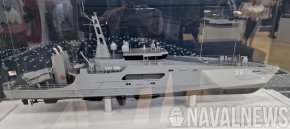Wild hare thought I did have recently. What if gov't decided to torpedoe the SEA 3000 GPF project which came out of the DSR and subsequent naval review, and were instead to go back to building nine Hunter-class frigates, and then reach out to Japan to see about ordering some Maya-class destroyers and then license production of the resulting design in Australia? Effectively this would be bringing forward the Hobart-class DDG replacement programme forward, and would likely lead to an increase in RAN area air defence capabilities beyond whatever expected capabilities the GPF is supposed to have.
Even if Japan had the capability to build more destroyers, it would come back to Australia being able to crew, and long lead items from the US. So even if both countries wanted that, it may not be possible. Also some long lead items from the US, may be gobbled up by the US trying to accelerate its own programs. If anyone was getting those destroyers other than Japan, it would be the US!
Accelerating Hunter is also difficult, cause the program is still in its early phases with all build partners. There is the possibility to accelerate it later, but by then we are into delivery times in the late 2030's or 2040s. Hunter being a big western ship program also relies on much of the supply chain of UK-AU-US.. which, again runs into the same sort of problems.
Also I think we should consider the strategic situation for Japan.
If war breaks out, and Japan starts losing ships, and if Australia still had some flexibility to increase hunter production and life extend its Anzacs and maybe get a ship from Spain, Australia would possibly even consider transferring its Mogami ships back to Japan, and possibly transferring other Australian built ships, to Japan. Depending of course on the security situation for Australia. Now everyone is going to take that out of context, and there is more context than I am giving, but if ships could be made available to assist by transfer, I think we would happily do that.
This would be huge for Japan in the dark days of war or just after it. Imagine if Australia could just transfer 6 ships straight away to Japan, while perhaps taking 6 damaged ships in for repair during conflict. It would be massive. Particularly if other key players were indisposed or unclear on their commitment.
Because those ships would be much better operating in that region fighting, than sitting around our EEZ watching it all go down.
As we have seen in Ukraine, having something to give is huge, in high intensity war. You need production, secured, but perhaps outside of the conflict zone. Which is also why Germany just bought a billion bucks worth of land vehicles they could build themselves.
Much like people questioning why Korean companies are setting up Manufacturing operations for Huntsman, with on ~36 units being ordered. Because its not about Australia. Its about Korea and a second supply. Australia is the perfect place to setup production, plenty of steel/resources, far away from conflict, but close enough to ship/fly it, Australia politically super stable, tight in the US alliance, China tried bloody hard to pressure it, and has had zero success. Not only that, Australia has no real pressing need for the dam things themselves, other than perhaps a few dozen units.
Which is why, IMO, we are doing this whole thing. It has absolutely nothing really to do with Hunter or Hobarts, or China invading Australia. Or hitting OPV with missiles.
IT has everything about alliances and what is happening in north Asia. Which is why the Koreans and Japanese are absolutely bonkers on this ship program. It isn't a commercial program for them, its about existential existence going forward. If they can't lock in AU interest or secure some deeper US ties they are really worried.
It is also a deterrent in itself. Another 6 ships doesn't change the war in a China/Japan conflict. But having a whole continent ready and willing to supply equipment, food, fuel, right up to and including large ships sure is. With whole manufacturing capability, support and repair capability. There would be no question at all, that if Japan goes to war, that Australia would, openly, quickly support Japan in that conflict, against any threat to itself. Australia has huge influence within the global order and with the UK and US alliance partners.
However, I think the US would also support Japan, but with things like Trump, there is this fear, if China hit at the right chaotic time, that the US would be preoccupied elsewhere.
Because we know, to hit Australia would require the same type of effort and the same long range weapons to hit at the US. Given the choice those weapons are always going to be better spent hitting bigger and more valuable targets in the US. The US is the strategic competitor to China. Not Australia. If China out muscles the US, Australia isn't going to give China any sort of global strategic competition any time in the future. Effectively we can be ignored or hit with cyber. Expending all that effort to knock on Australia is strategically stupid. China is most likely going to tear the global order in half, and have half for it and half for the US, IMO that is the likely outcome, they will then wait for what they see as the inevitable US collapse to pick up the other half, or have their half be more successful and simply buy out the other half.
What Japan and Korea fear is a Ukraine type situation. Where they are fighting, and everyone else sits back and watches. Even closely aligned and nearby countries struggle with the political and ethical questions of what and how much to supply. Afraid of China, afraid of escalation, afraid of their own security. Or like Korea-Poland, that their alliance partners are in their own existential conflict with someone else. These countries have no strategic depth, even less than Ukraine has, so in a high intensity conflict they know they will wear a very heavy cost.
Because in that situation, China would simply pummel them, an isolated Korea and/or an isolated Japan. China isn't Russia, it wouldn't slide in over confident with a mild incursion. Even if China lost all the battles, those countries would be blown back to the middle ages for a thousand years, worse than WW2, while China would be left basically untouched. For China to win, they don't even need to win any battle, they just need to damage their immediate neighbors. China isn't interested in some sort of mild increase in territory, its about up ending the global order.
So this is why I don't really support upgunning OPVs, and why I think a Korean/Japanese ship would be a good program to have. It has wider strategic impact, much more than just the steel and naval tonnage (which is still significant for Australia). At a cost of a few billions, seems like we get a much bigger impact.
While Australia is always obsessed with getting a few mega units of some sort of uber wonderweapon, realistically, 11 x 6,200 frigates with drones and 32VLS is a massive win for our surface capability. So much so, I am not sure if chasing bigger capabilities than ~6 x Hunters, 3 x AWD (followed by 3 Superhunters), 11 x frigates is really going to do much more for Australia's surface capabilities. That would be an excellent surface combatant navy. Follow it up with SSNs and our LHDs and other capabilities and we are rocking a pretty tight outfit. Shame it won't be ready by 2027..
Given that the major cost/resource, crewing, will be ball park of 16xOPV's that seems like a pretty good trade off.

news.usni.org

